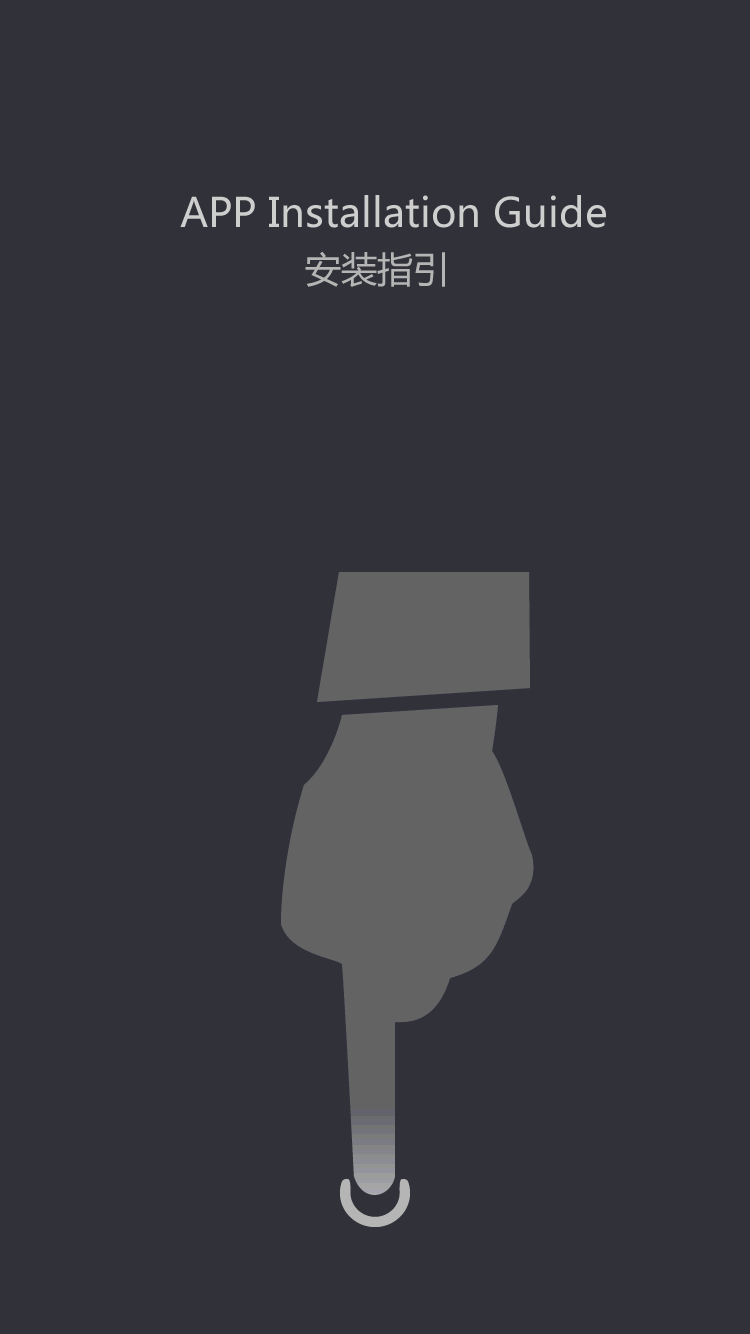Fall Arrest - How to Wear a Full Body Safety Harness
by:Douai
2020-06-08
There is so much more to wearing a full body harness to work than simply throwing it on and hoping for the best.
Every type of full body harness has to be worn in the same way, whether it is standard polyester non elasticised webbing, or elasticised harnesses. There are a number of points on the harness you need to be aware of.
On the rear of the harness is the Dorsal Plate, this could be rubber, plastic or form part of the harness webbing pattern. This piece is extremely important as it prevents the 'D' ring from slamming into the back of your head in fall and converting the harness in a noose. The 'D' ring connects your harness to the anchorage point via intermediate attachments. Some harness have an adjustment for height via buckles on shoulder straps, the simplest rule for this type of harness is that you should not be able to touch the Dorsal Plate by reaching from behind your head or by reaching up from the lumber or lower back region. Modern harness design has taken this feature out of the system to reduce miss-use of the harness, this type of harness may be elasticised to encourage correct fitting and for the users comfort.
On the front of the harness should be a chest strap, some harnesses have a metal buckle and possibly a 'D' ring on the front. This is to provide the user with a way of attaching to an anchor or safe system of work, for example ladder systems. The important thing to note with type of attachment that unless the harness is worn correctly; there is a risk the 'D' ring and buckle can strike the user in the neck and under the chin if you are involved in a fall.Some harness designs have replaced this with soft loops as a front connection as this feature makes the harness safer for the user.
The chest strap, without a front attachment is much smaller and made of softer webbing, the chest strap is there to stop the shoulder straps from parting and allowing the user to fall out the front of their harness.However in both cases it is important to take care when attaching your safety equipment in relation to the 'D' ring. If the anchorage point is behind you then use the rear 'D' ring and vice versa if the anchor point is in front of you.
Once you have put the harness on, like a jacket, and adjusted the chest strap to so it is tight but comfortable, we need address the leg straps, buckles and sliders, there is more to it than just stepping into harness.Stepping into a commercial full body harness is considered to be extremely bad practice. Not only does it increase the risk of slips trips and falls; if the harness is placed on the ground it could pick up all kinds of dirt and contamination. There is also a risk of complacency setting in; where the user steps into the harness in a rush and fails to adjust it appropriately. In a fall a slack harness can lead to death or worse, extreme testicular trauma and severe rectal damage
The easiest way to gage the correct tension of the leg straps is to tighten it until you can just about get 2 fingers between the webbing and your leg. Two finger tension means placing the middle and index finger perpendicular to the webbing around the front area of the leg.
The final thing and probably the most important thing is to lock your harness, every harness with a buckle used for adjustment should have at least one slider to lock it. If the harness is not locked and you are involved in a fall the movement of the webbing through the buckle can cause the bar tack to shock load against it. The bar tack is rolled over and lightly stitched it is only there to keep the sliders and buckles on the harness. The energy, in a fall, may exceed the strength of this stitching and it will rip apart allowing the bar tack to unroll and pass through the buckle. The end result is that you will fall through the bottom of the harness.
It doesn't matter how good your harness is or how correctly you are wearing it unless it is inspected on a regular basis it will offer you no protection what so ever.
The most important part of the harness is the webbing, so check the webbing for any signs of abrasion; look at the edges of the webbing, a 1mm cut in either edge of the webbing will cause the webbing to fail.From there it is a simple task of looking at and feeling all the component parts of the harness. If there is any sign of wear and tear or damage then do not use the harness. It should be quarantined and removed from service and passed to your line manager so it can be recorded and destroyed inline with the Equipment Inspection Policy.
The article is not intended to be used as Primary Training; instead it is a reminder to those who have been trained.
For more information visit:
Author: Drew BeardmoreLeading Edge Safety fall arrestequipment and height safety training courses are specifically designed for anyone whose job requires them to work at height and involves using the necessary safety equipment required to do this. For more information visit www.leadingedgesafety.co.uk





























